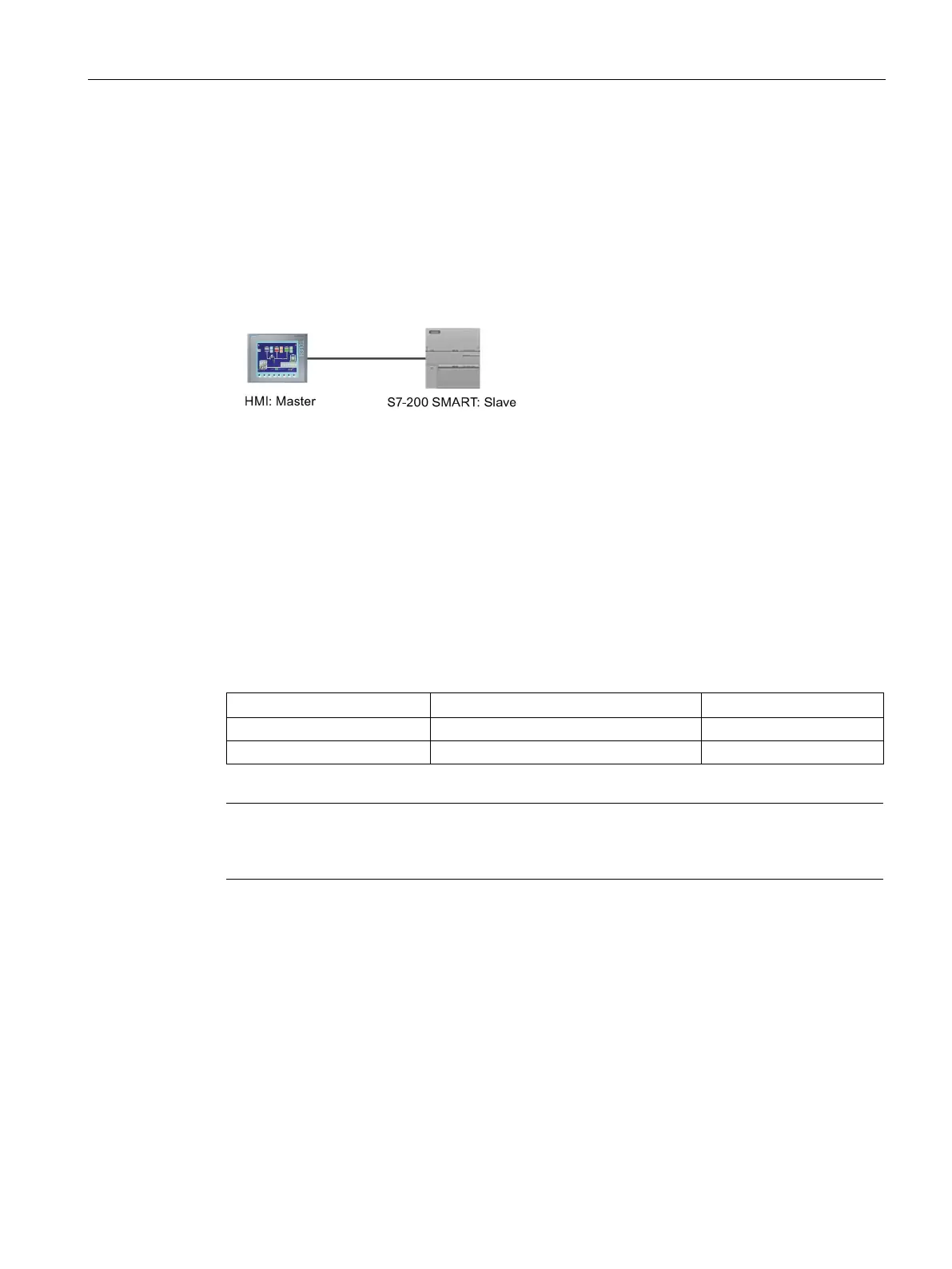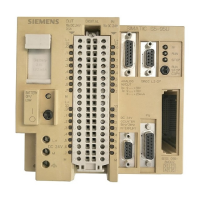Communication
8.6 RS485
S7-200 SMART
System Manual, V2.3, 07/2017, A5E03822230-AF
447
PPI is a master-slave protocol: the master devices send requests to the slave devices, and
the slave devices respond. See the following figure. Slave devices do not initiate messages,
but wait until a master sends them a request or polls them for a response.
Masters communicate to slaves by means of a shared connection which is managed by the
PPI protocol. PPI does not limit the number of masters that can communicate with any one
slave; however, you cannot install more than 32 masters on the network.
PPI protocol and S7-200 SMART CPUs
PPI Advanced allows network devices to establish a logical connection between the devices.
With PPI Advanced, there are a limited number of connections supplied by each device. See
the following table for the number of connections supported by the S7-200 SMART CPU.
All S7-200 SMART CPUs support both PPI and PPI Advanced protocols.
Table 8- 13 Number of connections for the S7-200 SMART CPU
9.6 Kbps, 19.2 Kbps, or 187.5 Kbps
9.6 Kbps, 19.2 Kbps, or 187.5 Kbps
Note
The CPU models CPU CR20s, CPU CR30s, CPU CR40s, and CPU CR60s do not support
the use of expansion modules or signal boards.

